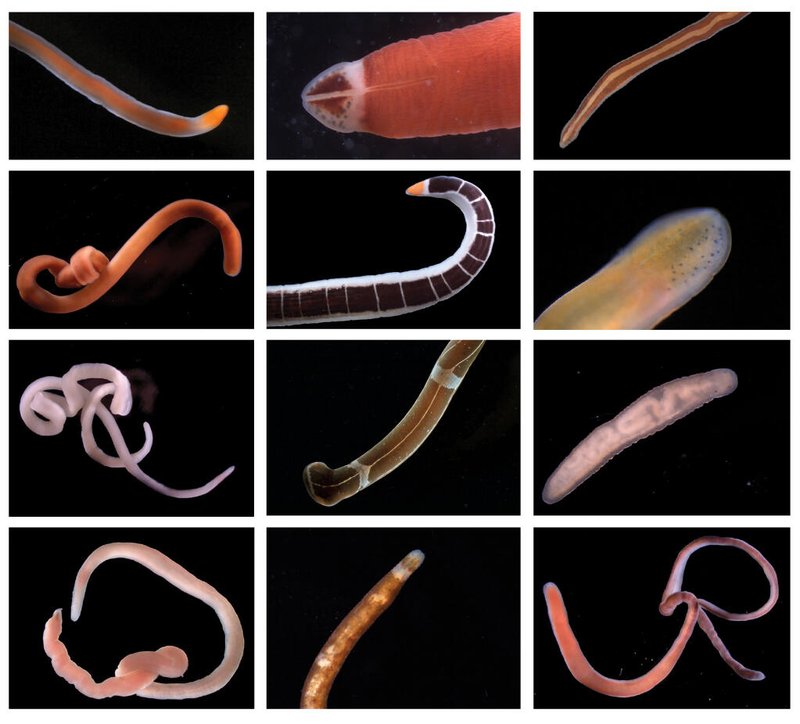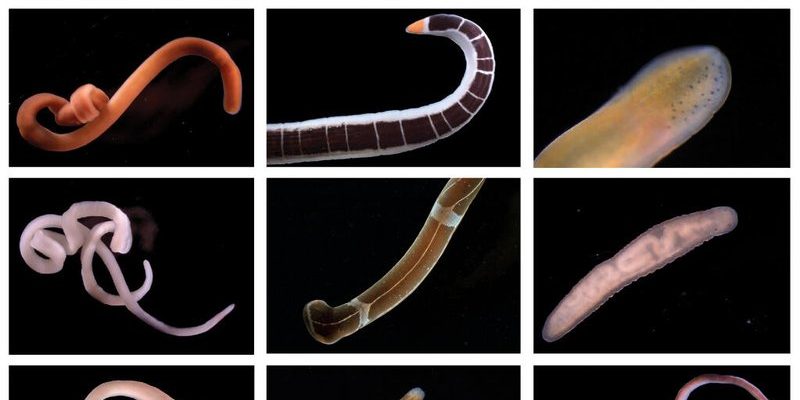
Imagine a worm that looks like a string of spaghetti, only much more interesting. Ribbon worms, also known as nemerteans, are not your average invertebrates. They’ve been around for millions of years and come with a variety of adaptations that make them particularly unique. Let’s dive into their evolutionary journey, from their ancient origins to their current forms, and understand why these worms are so important to our planet’s ecosystem.
What Are Ribbon Worms?
Before we dive into their evolution, let’s get a solid grasp on what ribbon worms actually are. Ribbon worms belong to the phylum Nemertea and are known for their long, slender bodies that can reach impressive lengths—some species measuring up to 30 meters! They inhabit various environments, primarily found in marine ecosystems, though some live in freshwater or damp soil.
One of the most interesting features of ribbon worms is their proboscis. Think of it as a super-slimy, retractable tongue that helps them catch prey. When they spot a meal, they can shoot this proboscis out at lightning speed, snagging unsuspecting worms, crustaceans, or other small animals. It’s like watching a magician pull a rabbit out of a hat, only the rabbit is dinner.
Ribbon worms are soft-bodied and often brightly colored, which serves as a warning to predators. This characteristic is known as aposematism. Their vibrant hues signal that they might not be the best meal around—after all, some are toxic!
The Ancient Roots of Ribbon Worms
Ribbon worms have a fascinating lineage that traces back over 500 million years. To put that into perspective, that’s long before dinosaurs roamed the Earth. Their ancestors were likely simple, flat creatures that eventually evolved into the ribbon-like forms we see today.
During the Cambrian period, when many life forms began to diversify, it’s believed that the early ribbon worms adapted to their marine environments. They developed their unique body plan, which allowed them to thrive in various habitats, from coral reefs to muddy seafloors. Their early existence laid the groundwork for the complex ecosystems we see now.
You might wonder how scientists know this. Fossils provide crucial clues about the past, helping researchers build a timeline of evolution. While finding fossilized ribbon worms is rare due to their soft bodies, related species give us insights into their ancestry and adaptations.
Key Evolutionary Adaptations
Throughout their long history, ribbon worms have developed several key adaptations that make them successful predators and survivors. Here are a few that stand out:
- Proboscis Development: This feature not only helps them capture prey but also aids in defense by injecting toxins.
- Body Regeneration: Ribbon worms can regenerate lost body parts, making them resilient in the face of injury.
- Diverse Reproductive Strategies: Some ribbon worms reproduce sexually, while others can reproduce asexually, allowing them to fill different ecological niches.
These adaptations have allowed ribbon worms to persist through mass extinction events and changing climates. By evolving ways to survive and reproduce, they’ve managed to avoid the fate of many other species that didn’t adapt.
Ribbon Worms in the Ecosystem
There’s more to ribbon worms than meets the eye; they play vital roles in their ecosystems. As predators, they help regulate populations of smaller invertebrates, contributing to the balance of marine life. This predation is essential for maintaining healthy aquatic ecosystems.
In addition to their role as predators, ribbon worms also serve as prey for larger animals. Birds, fish, and even some mammals depend on them as a food source. This dual role makes them a critical component in the food web, linking different species and influencing population dynamics.
On a broader scale, studying ribbon worms can provide insights into biodiversity and ecosystem health. Since they are sensitive to environmental changes, shifts in their populations can signal alterations in marine habitats, which scientists can monitor to understand broader ecological shifts.
The Future of Ribbon Worms
As our climate continues to change, the future of many species, including ribbon worms, hangs in the balance. Changes in ocean temperature, acidity, and pollution can impact the delicate ecosystems where these creatures reside.
Researchers are working hard to understand how ribbon worms may adapt to these new challenges. Will they change their behaviors, reproductive strategies, or even their physical forms? Only time will tell. What we do know is that preserving their habitats is crucial for their continued survival.
You might be wondering what you can do to help. Supporting conservation efforts and being mindful of marine pollution can make a difference. Every small action counts toward protecting our oceans and the diverse life within them.
So, what have we learned about ribbon worms? Their evolutionary history showcases incredible adaptability and resilience. They are not just quirky creatures living at the bottom of the ocean; they play a significant role in the health of marine ecosystems.
Understanding the journey of ribbon worms helps us appreciate the complexity of life on Earth. From their ancient origins to their current forms, these fascinating invertebrates are a reminder of nature’s ingenuity. By taking care of our planet, we ensure that creatures like ribbon worms continue to thrive for generations to come.
Let’s keep exploring and appreciating the diverse forms of life that share our world—because every species, including our slimy friends, has its place in the intricate web of life.

